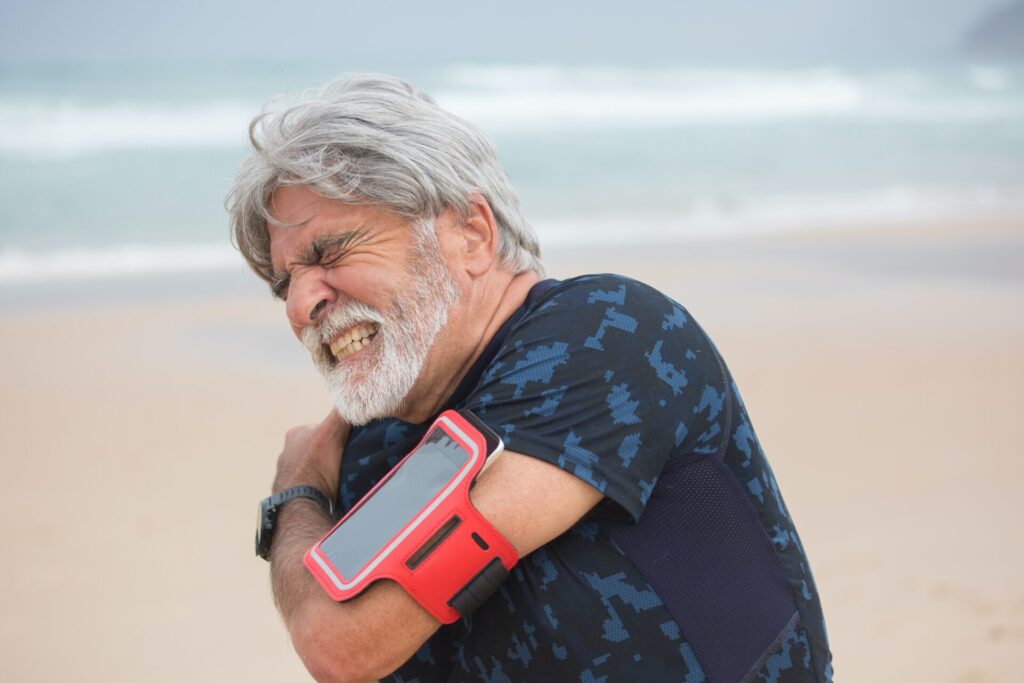How Physical Therapy Helps Shoulder Avascular Necrosis (AVN)
Avascular necrosis, or osteonecrosis, is a debilitating condition in which a portion of the bone’s blood supply is suddenly cut off. This often results in joint pain and can significantly reduce mobility if left untreated. Physical therapy is an effective treatment for shoulder avascular necrosis, as it helps to improve mobility while reducing pain.
Introduction
Shoulder avascular necrosis (AVN) is a condition that results when a portion of bone becomes deprived of its normal blood supply. It typically occurs in the shoulder joint, but can also affect other parts of the body. AVN can lead to significant joint pain and decreased range of motion in the affected area. Without proper treatment, shoulder AVN may result in complete immobility and chronic pain. Fortunately, however, physical therapy offers an effective way to manage this disorder.
What to Expect at Physical Therapy
Physical therapy for shoulder AVN involves regular sessions with a qualified physical therapist. The therapist assesses your range of motion and strength and develops exercises tailored to meet your individual needs. During each session, the therapist assesses how your joints are responding to the treatment through range-of-motion tests and movement analysis, using various tools such as goniometers or accelerometers. Stretching exercises are also included to increase flexibility and regain lost range of motion over time.
Other exercises may include strengthening exercises that target specific muscle groups around the shoulder joint. Additionally, functional activities designed to replicate everyday tasks performed at home or work may be incorporated. These tasks help you maintain movement and improve your shoulder function. With the help of a professional physical therapist, you can regain comfort and mobility as you work towards recovery.
What Types of Exercises You Might Do?
Exercises for AVN:
Passive Stretching – to improve flexibility and range of motion in the affected joint(s).
Active Stretching/Strengthening Exercises – to target the shoulder muscles and promote healing by increasing blood flow and circulation.
Resistive Band Training – to build muscle strength and endurance.
Tractioning Techniques – to decompress the joint and reduce pressure on the affected area.
Calisthenics/Core Stability Training – to improve overall body control and core strength.
Neural Gliding/Neuromuscular Reeducation Drills – to improve nerve function and coordination.
Balance Drills/Stabilization activities – to improve balance and stability of the affected joint(s).
Posture Improvement Strategies – such as taping or bracing applications to help maintain proper form during exercises.
Aquatic Therapy Programs – specifically designed for shoulder rehabilitation needs, aquatic therapy can provide a low-impact environment for exercise.
All of these exercises have been scientifically proven to reduce pain levels associated with AVN while improving flexibility and strength in the affected joint(s). It is important to perform them under the guidance of a licensed physical therapist who can provide proper technique and tailor the program to individual patient needs and abilities.
How Long Does Recovery Take?
The amount of time it takes to recover from shoulder AVN will depend on the severity of the condition, the amount of shoulder pain, and how compliant you are with your prescribed physical therapy program. Generally, recovery can last anywhere from a few weeks to a few months, depending on how severe the damage is and if any additional surgeries or treatments are required. It’s important to follow through with each exercise and be consistent in doing them so that you can reach full recovery faster.
How Physical Therapy Prevents Reinjury?
Physical therapy for treating shoulder AVN has been shown to help prevent future injuries by improving balance, stability, strength and flexibility around the affected joint(s). Exercises aimed at increasing range-of-motion also help reduce the risk of reinjury as it improves the mobility and strength in the joint, making it more resistant to injury. Additionally, physical therapists can provide advice on proper posture and body mechanics when lifting or carrying objects which further reduces the chance of sustained injury.
Conclusion
Avascular necrosis (AVN) can damage your shoulder bones. Timely diagnosis and treatment through physical therapy may avoid invasive procedures and restore function, improving your quality-of-life. Physical therapy, with targeted exercises for flexibility, strength and balance around the affected joint(s), helps manage pain related to AVN. Regular treatment and compliance to the program may prevent reinjury and regain full function.

